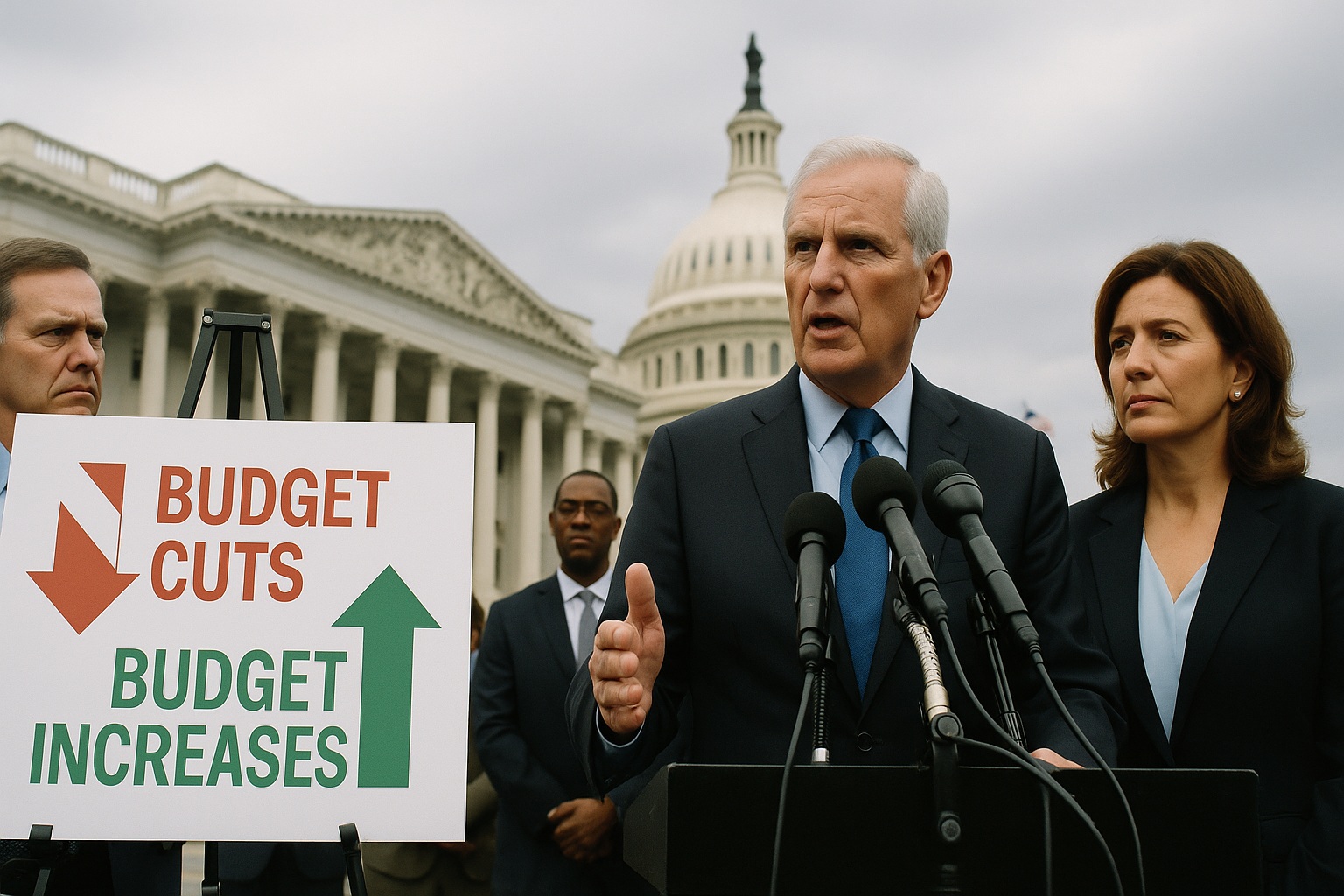May 13, 2025, 0 Comments
What the FY 2026 Budget Request Means for SBIR/STTR Funding

The White House’s FY 2026 discretionary budget request outlines dramatic shifts in federal agency funding, which will impact key innovation programs like the Small Business Innovation Research (SBIR) and Small Business Technology Transfer (STTR) programs. While some agencies face deep cuts, others are slated for modest reductions or even increases. At Fedsprout, we’ve analyzed the budget to understand how these changes may affect SBIR/STTR allocations—critical sources of early-stage capital for science and technology innovators.
SBIR/STTR: How It Works
Federal agencies with annual extramural R&D budgets above:
- $100 million must allocate 3.2% to SBIR,
- $1 billion must allocate 0.45% to STTR.
So, when agency R&D budgets change, the total available for SBIR/STTR typically moves in the same direction—though internal agency discretion and program reorganization can affect how that plays out in practice.
Big Picture: Discretionary Budget Cuts, But Not Uniform
While the overall discretionary budget declines by about 7.6%, the non-defense discretionary portion—which most SBIR/STTR funds come from—is down by 16.6% compared to FY 2025. Meanwhile, defense spending is up 13.4%, largely protecting or even boosting SBIR/STTR funding in that sector.
Agencies Facing Major SBIR/STTR Cuts
Some of the largest SBIR/STTR funding agencies are facing significant budget reductions:
Agency | 2025 Enacted | 2026 Request | % Change |
National Science Foundation (NSF) | $8.8B | $3.9B | -55.8% |
Environmental Protection Agency (EPA) | $9.1B | $4.2B | -54.5% |
Department of Education | $78.7B | $66.7B | -15.3% |
Department of Health and Human Services (HHS) | $127.0B | $93.8B | -26.2% |
These changes suggest increased competition in life sciences, education, environmental, and public health innovation sectors.
Agencies with Stable or Increased Budgets
Other agencies are seeing stable or increased budgets—positive news for innovators aligned with their missions:
Agency | 2025 Enacted | 2026 Request | % Change |
Department of Defense (DoD) | $848.3B | $961.6B | +13.4% |
Department of Homeland Security (DHS) | $65.1B | $107.4B | +64.9% |
Department of Veterans Affairs | $129.2B | $134.6B | +4.1% |
Department of Transportation | $25.2B | $26.7B | +5.8% |
Expect continued strong support for SBIR/STTR proposals focused on defense tech, cybersecurity, transportation, and national security infrastructure.
Key Takeaways for Innovators
- Prepare for More Competitive Funding Rounds
With tightened budgets at some agencies, the SBIR/STTR landscape remains strong—but increasingly competitive. This is your opportunity to stand out. Well-aligned, high-quality proposals will shine. - Double Down on Agencies with Growing or Stable Budgets
Agencies like DoD, DHS, VA, and Transportation continue to expand. Their commitment to small business-led R&D remains robust, particularly in national security and infrastructure. - Sharpen Your Competitive Edge
Proposal quality matters more than ever. Now is the time to invest in compelling narratives, clear technical merit, and strong commercialization strategies. Strategic support—like what Fedsprout offers—can provide a meaningful advantage. - Diversify and Strategize
Successful teams increasingly pursue multiple funding channels—SBIR/STTR, state innovation programs, lab partnerships, and private capital. Build a resilient funding pipeline aligned to your growth stage.
Looking Ahead
Despite some funding reductions across agencies, the SBIR/STTR programs remain a powerful engine for innovation. For small businesses and research teams ready to deliver high-impact solutions, FY 2026 presents an opportunity to stand out. With strong proposals, strategic alignment, and smart partnerships, innovators can continue to thrive—even in a shifting funding landscape. At Fedsprout, we’re excited to support the next generation of trailblazers who are ready to turn challenges into momentum.
